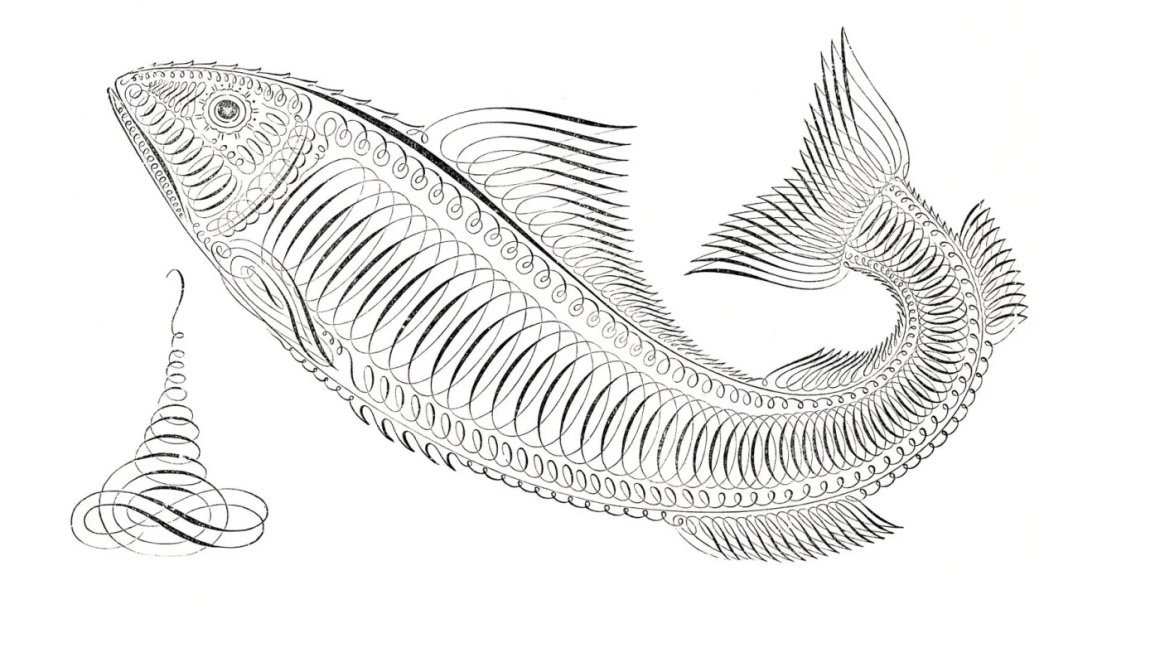Review: The Undying by Anne Boyer
By Alanna Duncan
The Undying: Pain, Vulnerability, Mortality, Medicine, Art, Time, Dreams, Data, Exhaustion, Cancer, and Care is a chronicle of the cancer Anne Boyer was diagnosed with right after her forty-first birthday. Woven throughout the deeply personal story of her battle with breast cancer—the physical body breaking down in ways that rebel against what society tells us breast cancer should look like—is a social and political critique of the breast cancer “industry.” She calls into question the language we use to describe illness: “A body in mysterious agony exposes itself to medicine hoping to meet a vocabulary with which to speak of suffering in return. If that suffering does not meet sufficient language, those who endure the suffering must come together to invent it.” And more broadly, she persistently scrutinizes the industry that gives us walks for a cure, doctors who decide courses of treatment, companies that create language for the side effects of chemotherapy.
From the start, Boyer places the story of her highly aggressive triple negative breast cancer—a type of breast cancer that accounts for “between 10 and 20 percent of breast cancers [and] has the fewest treatment options and significantly poorer prognosis than others”—in conversation with some of the great cancer narratives and female writers who have had breast cancer: Susan Sontag, Audre Lorde, Eve Sedgewick, Charlotte Perkins Gillman, Rachel Carson, and the list goes on. In doing so, she builds her story on the legacy of women who didn’t survive the disease and those whose experience and writings of illness inform the literary canon of “cancer literature.” Within the pages of this book are also a reference to Dana from the L Word, a discussion of Cleopatra’s regal appearance on her deathbed, and a condemnation of the administrator of the breast cancer fetish page. The scope of her critique is astounding, ranging from the history of the pink ribbon to staggering statistics about survival rates for various populations of women based on factors like race, class, marital status, and sexuality.
Formally inventive, The Undying stays true to the Boyer’s proclamation partway into the book, “I do not want to tell the story of cancer in the way I have been taught to tell it.” The structure of the book is surprising and addictive; the sections are split into chapters and the chapters have interludes of tangential thoughts or ideas jotted down in the midst of illness. It reads like the organized chaos of a brilliant mind fogged by illness and treatment. Early in the book there is a section with a directive to a second person; the “you” is Boyer, the “you” is ill, the “you” is preparing for war and “Everyone who brings you water or food is also now loading a gun.” We sit with Boyer in chemo, we are with her when she returns to teach after surgery because she doesn’t have benefits enough to allow her to be ill in the way doctors tell her she is, and we are exposed to the ugly and often unexamined moments of highly aggressive breast cancer, all in a narrative structure that Boyer architects with stunning precision.
Subtly, as if never to suggest she’s providing truth with a capital “T” about illness—and its metaphor—Boyer’s unadorned description of inhabiting a sick body leaves the reader aching.
About the author
Alanna Duncan
Alanna Duncan is a writer living in Brooklyn. She is at work on a collection of essays in queer forms.
